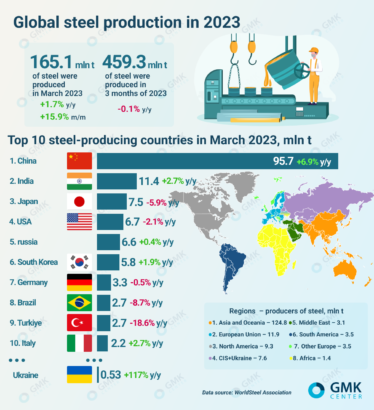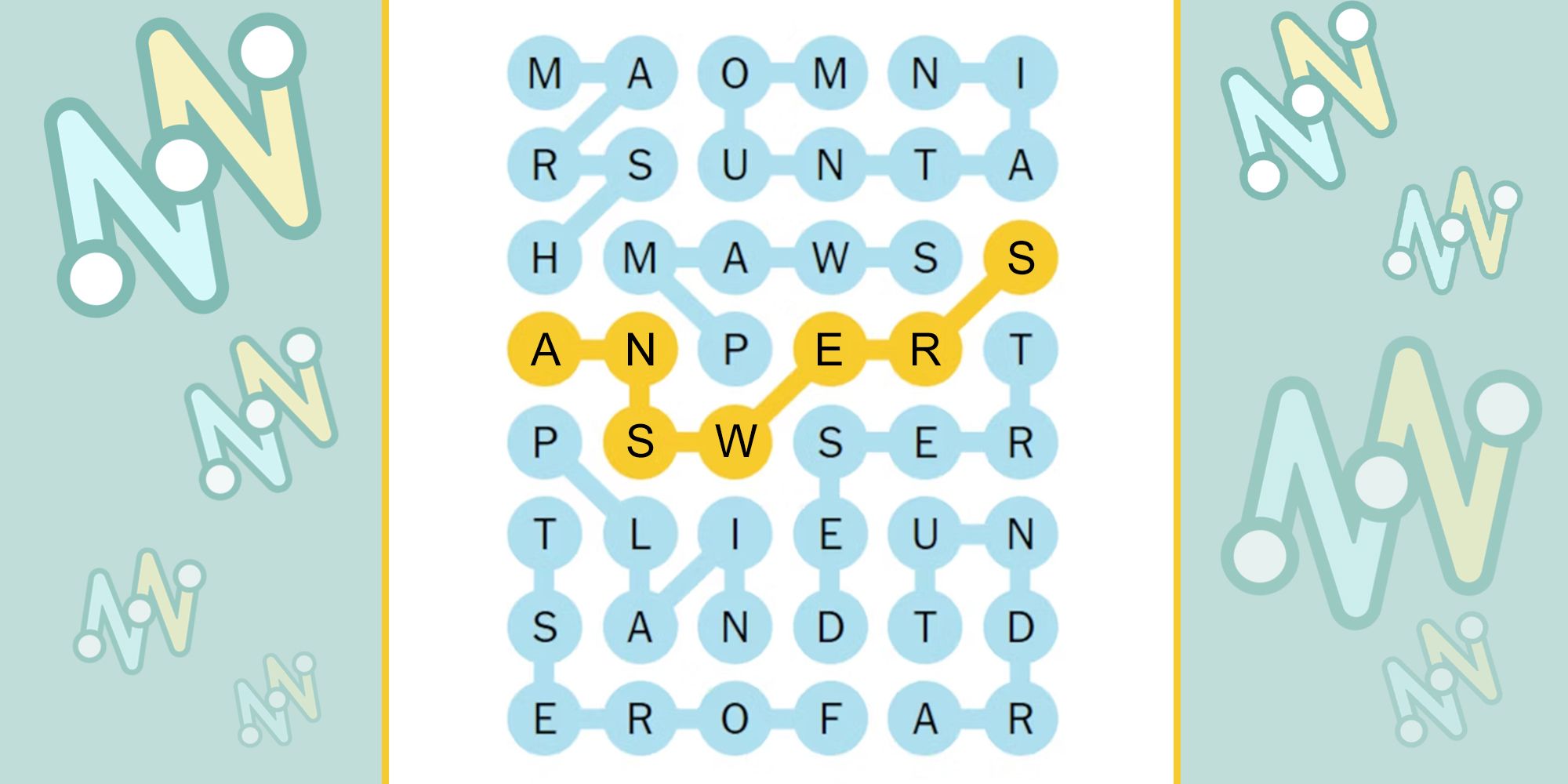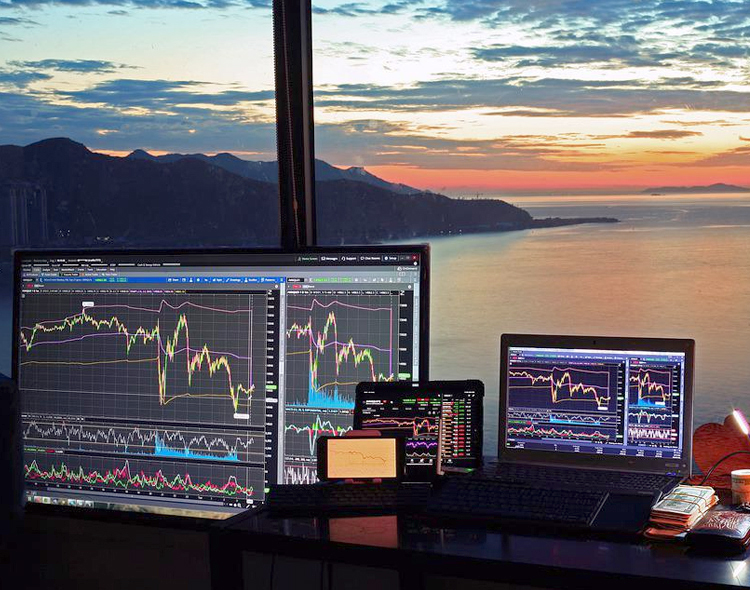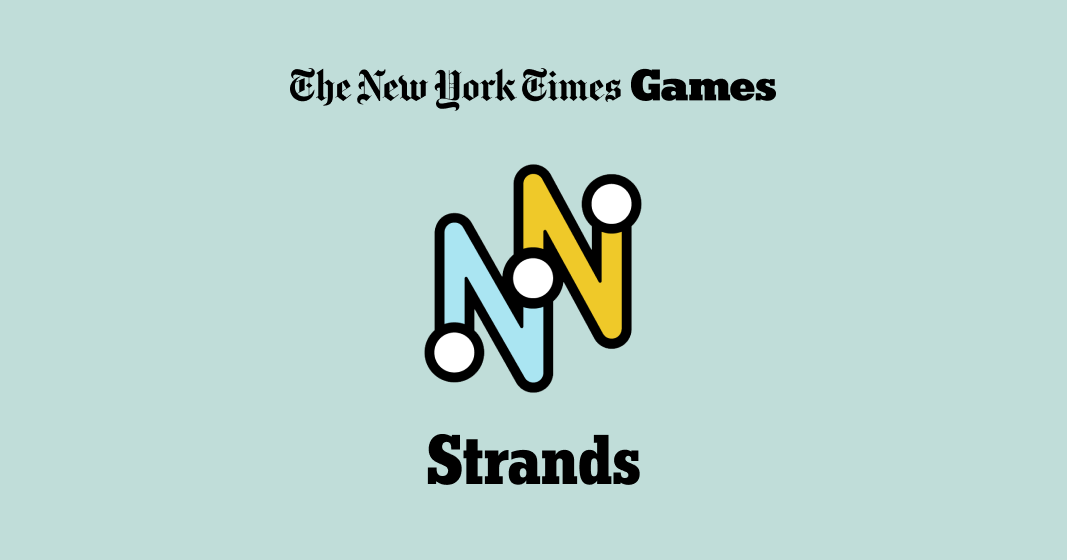Iron Ore Market Volatility: Understanding China's Steel Production Adjustments

Table of Contents
China's Steel Production: A Key Driver of Iron Ore Demand
China's steel production acts as a powerful engine driving global iron ore demand. Fluctuations in Chinese steel output directly translate into significant shifts in iron ore prices, creating the volatility that characterizes this market. Several key factors within China itself influence this dynamic.
Impact of Government Policies on Steel Production
The Chinese government plays a significant role in regulating steel production, wielding considerable influence over iron ore demand. Environmental concerns and efforts to curb overcapacity have led to policies directly impacting steel output.
- Environmental Regulations: Stringent emission standards and environmental protection policies have resulted in production cuts at numerous steel mills, reducing demand for iron ore.
- Capacity Reduction Initiatives: Government-mandated capacity cuts aim to improve efficiency and reduce excess capacity within the steel industry, directly impacting iron ore consumption.
- Energy Consumption Limits: Policies aimed at controlling energy consumption also affect steel production, consequently impacting iron ore demand.
These policies have directly impacted iron ore prices. For example, the implementation of stricter environmental regulations in 2021 led to a temporary decrease in steel production, causing a dip in iron ore prices. However, subsequent government support for infrastructure projects often leads to a rebound in demand.
Construction Activity and Infrastructure Spending
China's ambitious infrastructure projects, ranging from high-speed rail lines to massive port expansions, are significant drivers of steel, and therefore iron ore, demand.
- Belt and Road Initiative: This massive infrastructure project has fueled substantial demand for steel and iron ore, boosting prices globally.
- Urbanization and Development: Rapid urbanization and ongoing development projects across China continue to create significant demand for steel in construction.
- Seasonal Variations: Construction activity in China often slows during winter months, leading to decreased iron ore demand and price fluctuations.
The scale of these projects directly correlates to iron ore consumption. Periods of increased infrastructure spending lead to heightened demand, driving up prices, while periods of reduced activity result in lower demand and price drops.
Real Estate Market Dynamics and Their Influence on Steel Demand
The Chinese real estate sector is a colossal consumer of steel, and its health significantly influences iron ore demand. Housing starts, commercial building construction, and overall real estate activity are closely tied to iron ore prices.
- Housing Starts: A decline in housing starts, as seen in recent years due to government regulations, directly reduces steel, and therefore iron ore, demand.
- Commercial Real Estate: Construction of commercial buildings, shopping malls, and office spaces also significantly contributes to steel and iron ore consumption.
- Government Regulations: Government policies aimed at controlling real estate speculation and managing housing prices often impact construction activity and consequently iron ore demand.
Data on housing starts consistently show a strong correlation with iron ore prices. A surge in housing starts generally leads to a rise in iron ore prices, while a decline signals a potential price drop.
Global Factors Influencing Iron Ore Market Volatility
While China is the dominant force, global factors also contribute significantly to iron ore market volatility.
Supply Side Factors
The global supply of iron ore is influenced by several key factors, primarily the production output of major players like Australia and Brazil.
- Australian Production: Australia is the world's largest iron ore exporter, and production disruptions due to weather events, labor disputes, or operational issues can significantly impact global supply and prices.
- Brazilian Production: Brazil is another major iron ore producer, and factors like mine closures, logistical challenges, and environmental concerns can significantly influence global supply.
- Shipping Costs and Logistics: Global shipping costs and logistical challenges, including port congestion and vessel availability, can impact the supply chain and influence iron ore prices.
Geopolitical risks and unforeseen events in major producing countries can cause significant supply chain disruptions, leading to sharp price increases.
Global Economic Growth and Its Impact on Steel Demand
Global economic growth is strongly correlated with steel demand, impacting iron ore prices.
- Global Recessionary Fears: Concerns about a global recession often lead to reduced steel demand and lower iron ore prices.
- Emerging Market Growth: Strong economic growth in emerging markets like India and Southeast Asia increases steel demand and boosts iron ore prices.
- EU and US Steel Demand: The steel consumption patterns of the European Union and the United States also influence global iron ore demand and prices.
Global economic events such as a major financial crisis or a significant shift in global trade patterns can directly influence steel demand and have a knock-on effect on iron ore markets.
Predicting Iron Ore Market Volatility: Challenges and Opportunities
Accurately predicting iron ore market volatility is a complex undertaking.
Analyzing Market Trends and Forecasting Techniques
Predicting iron ore prices with precision is challenging due to the interplay of numerous interconnected factors.
- Econometric Models: These models use statistical techniques to analyze historical data and predict future trends.
- Technical Analysis: This approach uses price charts and other technical indicators to identify potential price movements.
- Fundamental Analysis: This involves examining underlying factors, such as supply and demand, government policies, and economic conditions.
A comprehensive forecasting strategy should incorporate both macro-economic and micro-economic factors, as well as geopolitical considerations.
Risk Management Strategies for Businesses
Companies involved in the iron ore market need effective risk management strategies.
- Hedging: Using financial instruments like futures contracts can help mitigate price risk.
- Diversification: Diversifying across different iron ore suppliers and geographical regions can reduce exposure to specific risks.
- Market Intelligence: Access to real-time market information and accurate forecasts is crucial for effective decision-making.
Proactive risk management is vital for navigating the inherent volatility of the iron ore market and ensuring long-term business stability.
Conclusion
Iron ore market volatility is a complex phenomenon shaped by a multitude of interacting factors. China's steel production adjustments, driven by government policies, construction activity, and real estate dynamics, play a pivotal role. Global economic growth, supply-side factors, and geopolitical events further contribute to this volatility. Understanding these dynamics is paramount for businesses and investors operating in this market. By carefully analyzing market trends, employing robust forecasting techniques, and implementing effective risk management strategies, stakeholders can better navigate the challenges and seize the opportunities within this dynamic sector. Understanding the intricacies of iron ore market volatility and its key drivers is essential for success. Stay informed about the latest developments and trends to effectively manage risk and capitalize on opportunities in the iron ore market. Further research into specific market indicators and forecasting techniques can further enhance your understanding of iron ore price volatility and related market dynamics.

Featured Posts
-
 Jesse Watters Joke About Wifes Infidelity Hypocrisy Accusations Mount
May 10, 2025
Jesse Watters Joke About Wifes Infidelity Hypocrisy Accusations Mount
May 10, 2025 -
 Nyt Strands Game 402 Solution Wednesday April 9 Hints And Answers
May 10, 2025
Nyt Strands Game 402 Solution Wednesday April 9 Hints And Answers
May 10, 2025 -
 Jazz Cash And K Trade Partner To Democratize Stock Investing And Trading
May 10, 2025
Jazz Cash And K Trade Partner To Democratize Stock Investing And Trading
May 10, 2025 -
 February 23rd Nyt Strands Puzzle 357 Complete Solution Guide
May 10, 2025
February 23rd Nyt Strands Puzzle 357 Complete Solution Guide
May 10, 2025 -
 Suncor Energy Record Production Despite Slower Sales And Rising Inventory
May 10, 2025
Suncor Energy Record Production Despite Slower Sales And Rising Inventory
May 10, 2025
